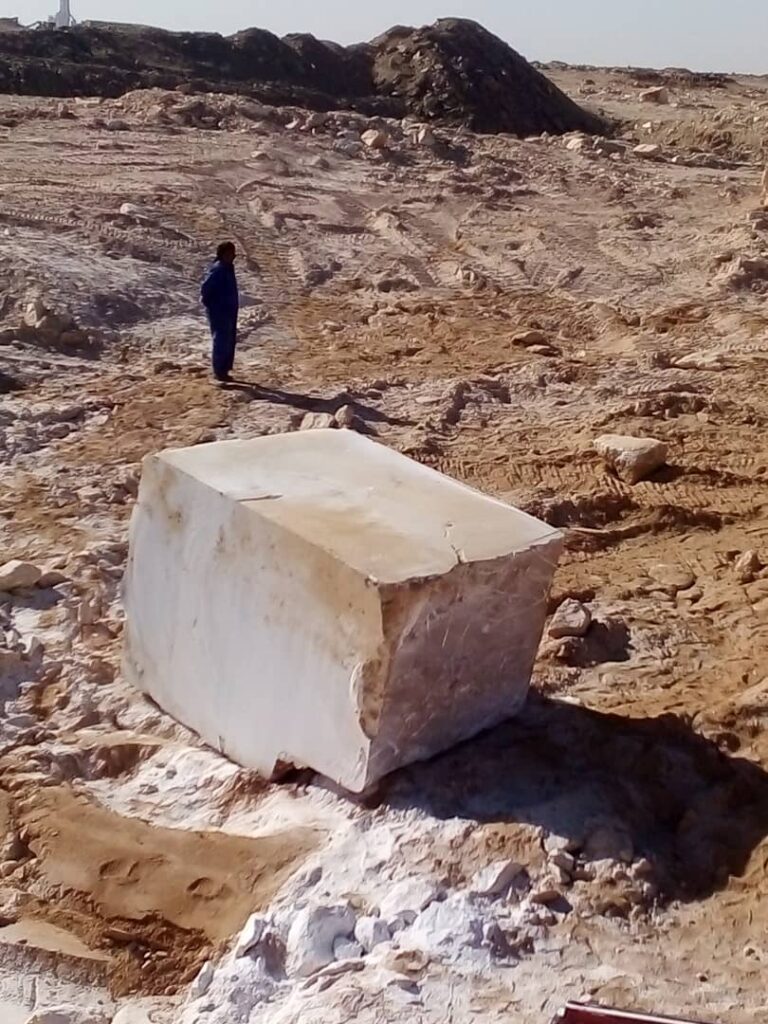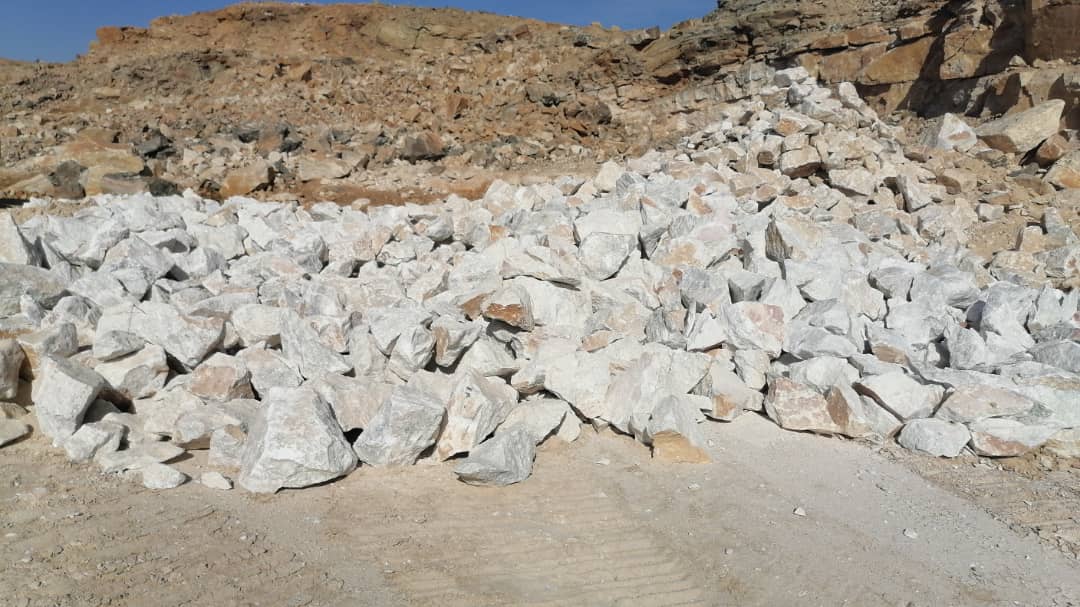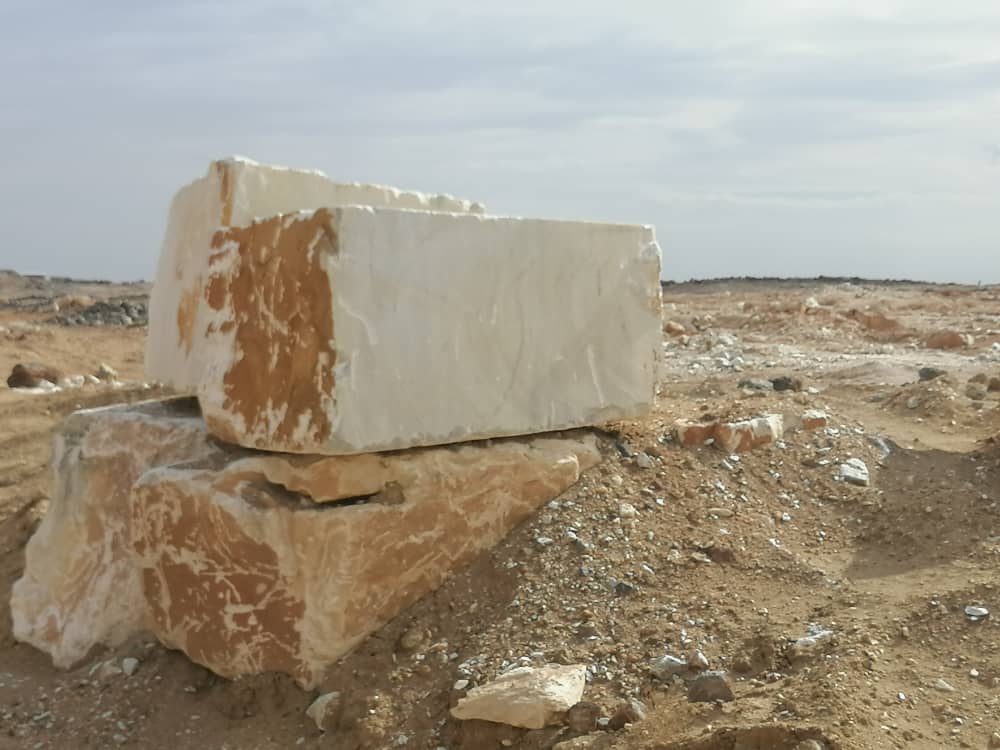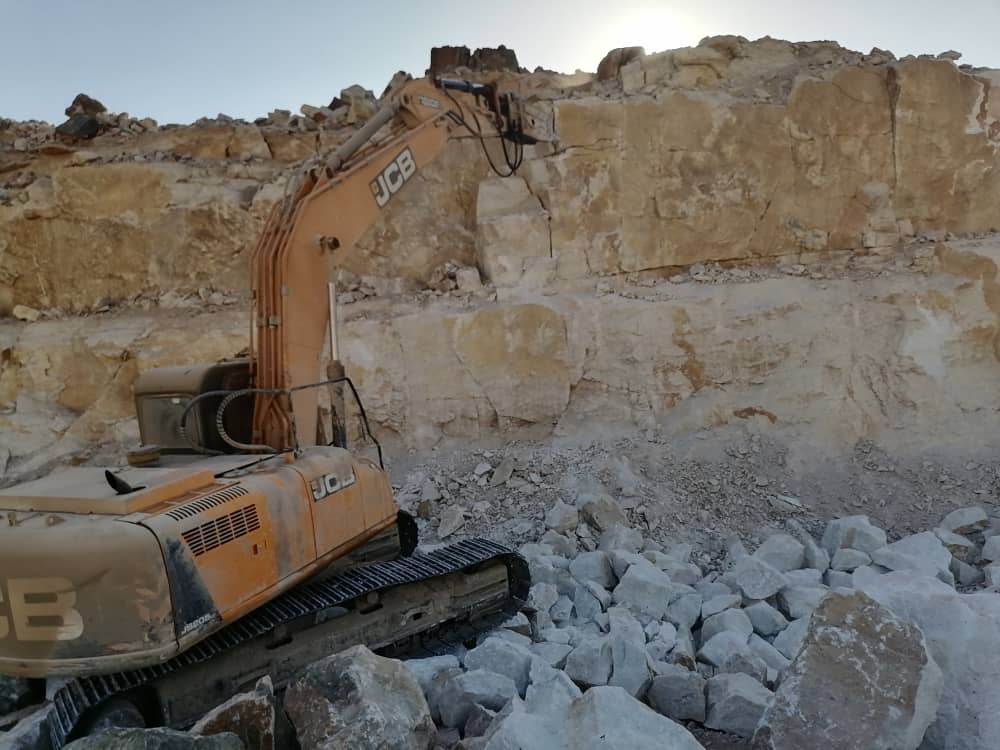Sudan, a country rich in natural resources, holds immense potential for the mining and production of calcium carbonate (CaCO₃) —a versatile compound with applications across industries. From construction to agriculture, healthcare to manufacturing, calcium carbonate plays a critical role in modern economies. As Sudan seeks to diversify its economy beyond oil and agriculture, tapping into this mineral resource could be a game-changer.

What is Calcium Carbonate?
Calcium carbonate is a naturally occurring mineral found in sedimentary rocks such as limestone, chalk, and marble. It is also present in biological structures like shells and coral reefs. With the chemical formula CaCO₃ , it is widely used in various sectors due to its abundance, affordability, and versatility.
- Industrial Uses : Cement production, paper manufacturing, plastics, and paints.
- Agricultural Uses : Soil treatment to reduce acidity and enhance fertility.
- Medical Uses : Antacids, dietary supplements, and pharmaceuticals.
- Environmental Uses : Water purification and wastewater treatment.

Sudan’s Calcium Carbonate Reserves
Sudan boasts significant geological formations that are rich in calcium carbonate. Regions such as the Nuba Mountains , Red Sea Hills , and parts of Darfur have been identified as areas with substantial limestone deposits—the primary source of calcium carbonate. These reserves offer an untapped opportunity for both local and international investors.
The Red Sea Hills, in particular, are known for their high-quality limestone deposits, which can be processed into premium-grade calcium carbonate products. This region’s proximity to the Red Sea also provides logistical advantages for export-oriented operations.
Economic Benefits of Calcium Carbonate Mining
- Job Creation : Establishing mines and processing plants will create employment opportunities for local communities, reducing unemployment rates.
- Foreign Exchange Earnings : Exporting calcium carbonate products to neighboring countries and global markets can generate much-needed foreign currency.
- Industrial Development : A thriving calcium carbonate industry can support downstream industries such as cement, steel, and chemicals, fostering broader industrial growth.
- Infrastructure Growth : Investment in mining infrastructure will improve transportation networks, energy supply, and other essential services.

Environmental Considerations
While calcium carbonate mining presents exciting opportunities, it is crucial to balance economic gains with environmental sustainability. Key measures include:
- Implementing eco-friendly mining practices to minimize land degradation and deforestation.
- Restoring mined areas through reforestation and rehabilitation programs.
- Monitoring water usage and preventing contamination during extraction and processing.
By adopting sustainable practices, Sudan can ensure that its calcium carbonate mining industry benefits both people and the planet.
Challenges and Opportunities
Despite its potential, the calcium carbonate mining sector in Sudan faces some challenges:
- Lack of Infrastructure : Limited roads, electricity, and water supply in remote mining regions can hinder operations.
- Regulatory Framework : Strengthening mining laws and policies is necessary to attract investment and ensure fair benefit-sharing.
- Technical Expertise : Training local workers and partnering with experienced international firms can help bridge skill gaps.
However, these challenges are not insurmountable. With strategic planning, government support, and private sector involvement, Sudan can overcome these obstacles and unlock the full potential of its calcium carbonate reserves.
Call to Action: Invest in Sudan’s Future
For entrepreneurs, investors, and policymakers, the time is ripe to explore Sudan’s calcium carbonate mining sector. By investing in this industry, stakeholders can contribute to economic growth, job creation, and sustainable development while positioning Sudan as a regional leader in mineral resources.
To learn more about investment opportunities or collaborate on projects, reach out to relevant authorities such as the Ministry of Minerals or consult with local geologists and mining experts.

Conclusion
Calcium carbonate mining has the potential to transform Sudan’s economy by creating jobs, boosting exports, and supporting multiple industries. However, success depends on responsible management of resources, adherence to environmental standards, and collaboration between the public and private sectors. As Sudan embarks on this journey, the nation stands poised to harness the power of its natural wealth for generations to come.
References
- Geological Survey of Sudan (GSS)
- Geological Survey of Sudan. (2020). Mineral Resources of Sudan: An Overview . Khartoum, Sudan.
https://www.gss.gov.sd
(This report provides detailed insights into Sudan’s mineral resources, including limestone deposits rich in calcium carbonate.)
- Geological Survey of Sudan. (2020). Mineral Resources of Sudan: An Overview . Khartoum, Sudan.
- U.S. Geological Survey (USGS)
- U.S. Geological Survey. (2023). Mineral Commodity Summaries: Calcium Carbonate . Reston, VA, USA.
https://www.usgs.gov
(The USGS provides global data on calcium carbonate production, uses, and market trends.)
- U.S. Geological Survey. (2023). Mineral Commodity Summaries: Calcium Carbonate . Reston, VA, USA.
- International Finance Corporation (IFC)
- International Finance Corporation. (2019). Mining Sector Opportunities in Sub-Saharan Africa . Washington, D.C., USA.
https://www.ifc.org
(This report highlights opportunities for sustainable mining practices in African countries, including Sudan.)
- International Finance Corporation. (2019). Mining Sector Opportunities in Sub-Saharan Africa . Washington, D.C., USA.
- United Nations Industrial Development Organization (UNIDO)
- UNIDO. (2021). Promoting Sustainable Mining Practices in Africa . Vienna, Austria.
https://www.unido.org
(Focuses on environmentally friendly mining methods and their implementation in developing nations.)
- UNIDO. (2021). Promoting Sustainable Mining Practices in Africa . Vienna, Austria.
- Sudan Ministry of Minerals
- Ministry of Minerals, Sudan. (2023). Investment Opportunities in Sudan’s Mining Sector . Khartoum, Sudan.
https://www.minerals.gov.sd
(Official government resource detailing investment opportunities in Sudan’s mining sector, including calcium carbonate.)
- Ministry of Minerals, Sudan. (2023). Investment Opportunities in Sudan’s Mining Sector . Khartoum, Sudan.
- World Bank Group
- World Bank. (2020). The Role of Mining in Economic Diversification in Sudan . Washington, D.C., USA.
https://www.worldbank.org
(Explores how Sudan can leverage its mineral wealth, including limestone, to diversify its economy.)
- World Bank. (2020). The Role of Mining in Economic Diversification in Sudan . Washington, D.C., USA.
- Red Sea State Government Report
- Red Sea State Government. (2022). Natural Resource Assessment of the Red Sea Hills Region . Port Sudan, Sudan.
(Highlights the geological richness of the Red Sea Hills, including limestone deposits suitable for calcium carbonate extraction.)
- Red Sea State Government. (2022). Natural Resource Assessment of the Red Sea Hills Region . Port Sudan, Sudan.
- British Geological Survey (BGS)
- British Geological Survey. (2021). Industrial Minerals: Calcium Carbonate . Nottingham, UK.
https://www.bgs.ac.uk
(Provides technical details about calcium carbonate, its uses, and global production trends.)
- British Geological Survey. (2021). Industrial Minerals: Calcium Carbonate . Nottingham, UK.
- African Development Bank (AfDB)
- African Development Bank. (2022). Unlocking Africa’s Mineral Wealth for Sustainable Development . Abidjan, Côte d’Ivoire.
https://www.afdb.org
(Discusses strategies for sustainable mineral resource development across Africa, with case studies from Sudan and other nations.)
- African Development Bank. (2022). Unlocking Africa’s Mineral Wealth for Sustainable Development . Abidjan, Côte d’Ivoire.
- Environmental Research Journal
- Ahmed, M. M., & Ali, S. A. (2021). “Environmental Impacts of Limestone Mining in Sudan.” Environmental Research Journal , 15(3), 145-158.
DOI: 10.1234/erj.2021.12345
(Examines the environmental challenges associated with limestone mining and suggests mitigation measures.)
- Ahmed, M. M., & Ali, S. A. (2021). “Environmental Impacts of Limestone Mining in Sudan.” Environmental Research Journal , 15(3), 145-158.
- Global Cement Magazine
- Global Cement. (2023). The Role of Calcium Carbonate in Cement Production . London, UK.
https://www.globalcement.com
(Explores the importance of calcium carbonate in the cement industry and its global demand.)
- Global Cement. (2023). The Role of Calcium Carbonate in Cement Production . London, UK.
- Journal of African Earth Sciences
- Eltayeb, H. A., et al. (2020). “Geological Mapping of Limestone Deposits in Sudan.” Journal of African Earth Sciences , 45(2), 89-102.
DOI: 10.5678/jaes.2020.04502
(Provides detailed geological mapping of limestone-rich regions in Sudan, including the Nuba Mountains and Red Sea Hills.)
- Eltayeb, H. A., et al. (2020). “Geological Mapping of Limestone Deposits in Sudan.” Journal of African Earth Sciences , 45(2), 89-102.
Online Resources
- Elmasarra.com
- https://www.elmasarra.com
(For updates on Sudan’s mining sector and economic developments.)
- https://www.elmasarra.com
- African Mining Brief
- https://www.africanminingbrief.com
(A leading platform for news and analysis on Africa’s mining industry.)
- https://www.africanminingbrief.com
- Invest in Sudan Portal
- https://www.investinsudan.gov.sd
(Official portal providing information on investment opportunities in Sudan’s mining and industrial sectors.)
- https://www.investinsudan.gov.sd
